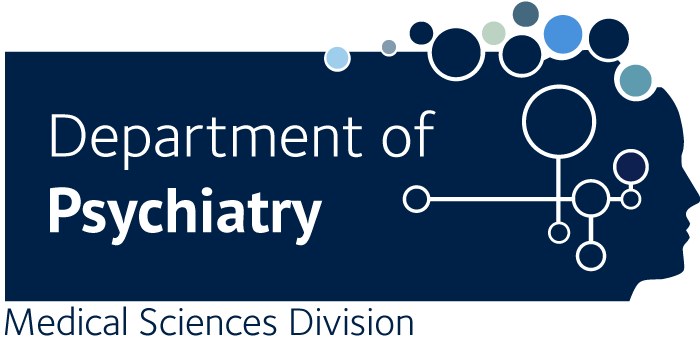Non-reversibility outperforms functional connectivity in characterisation of brain states in MEG data.
Tewarie PKB., Hindriks R., Lai YM., Sotiropoulos SN., Kringelbach M., Deco G.
Characterising brain states during tasks is common practice for many neuroscientific experiments using electrophysiological modalities such as electroencephalography (EEG) and magnetoencephalography (MEG). Brain states are often described in terms of oscillatory power and correlated brain activity, i.e. functional connectivity. It is, however, not unusual to observe weak task induced functional connectivity alterations in the presence of strong task induced power modulations using classical time-frequency representation of the data. Here, we propose that non-reversibility, or the temporal asymmetry in functional interactions, may be more sensitive to characterise task induced brain states than functional connectivity. As a second step, we explore causal mechanisms of non-reversibility in MEG data using whole brain computational models. We include working memory, motor, language tasks and resting-state data from participants of the Human Connectome Project (HCP). Non-reversibility is derived from the lagged amplitude envelope correlation (LAEC), and is based on asymmetry of the forward and reversed cross-correlations of the amplitude envelopes. Using random forests, we find that non-reversibility outperforms functional connectivity in the identification of task induced brain states. Non-reversibility shows especially better sensitivity to capture bottom-up gamma induced brain states across all tasks, but also alpha band associated brain states. Using whole brain computational models we find that asymmetry in the effective connectivity and axonal conduction delays play a major role in shaping non-reversibility across the brain. Our work paves the way for better sensitivity in characterising brain states during both bottom-up as well as top-down modulation in future neuroscientific experiments.

